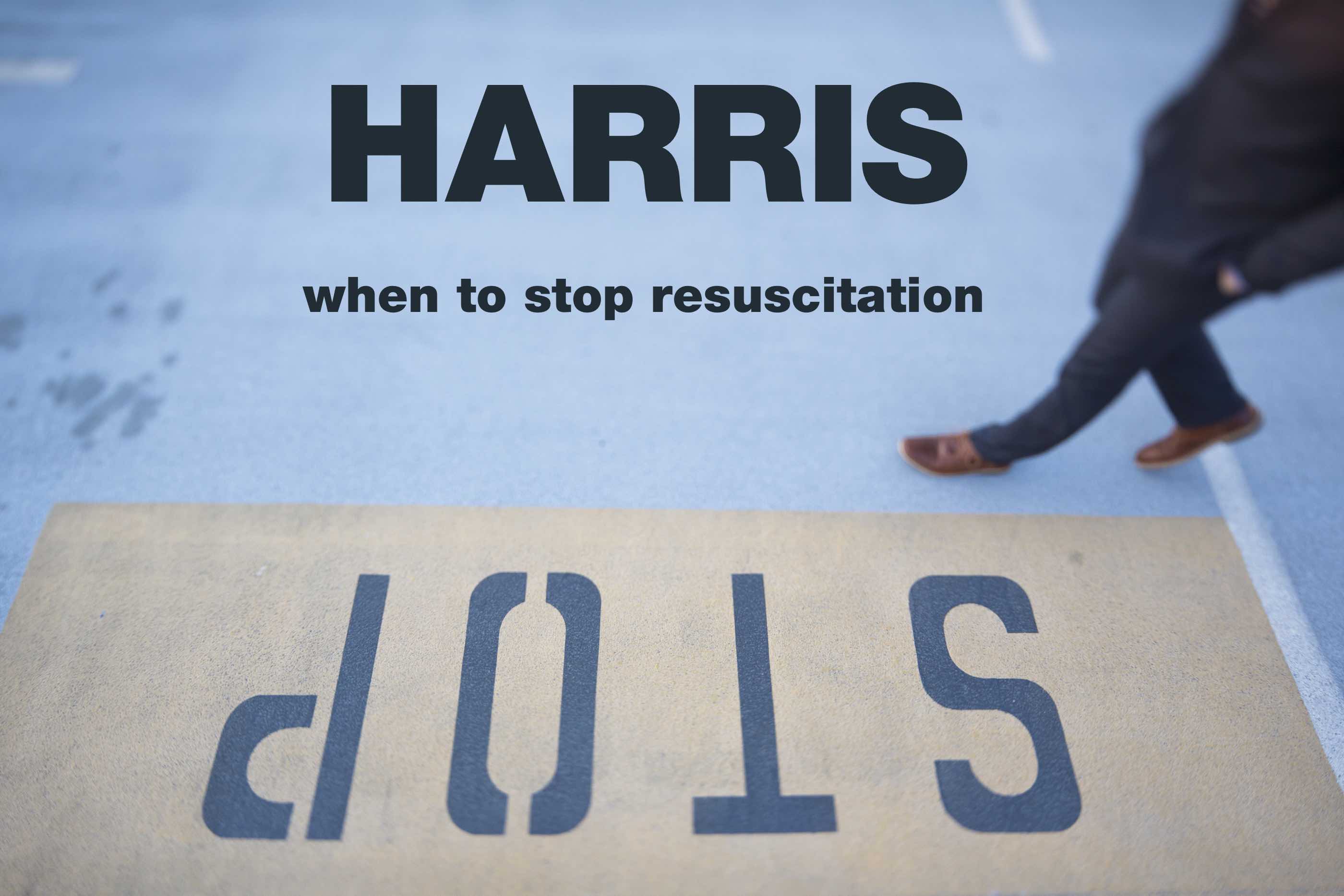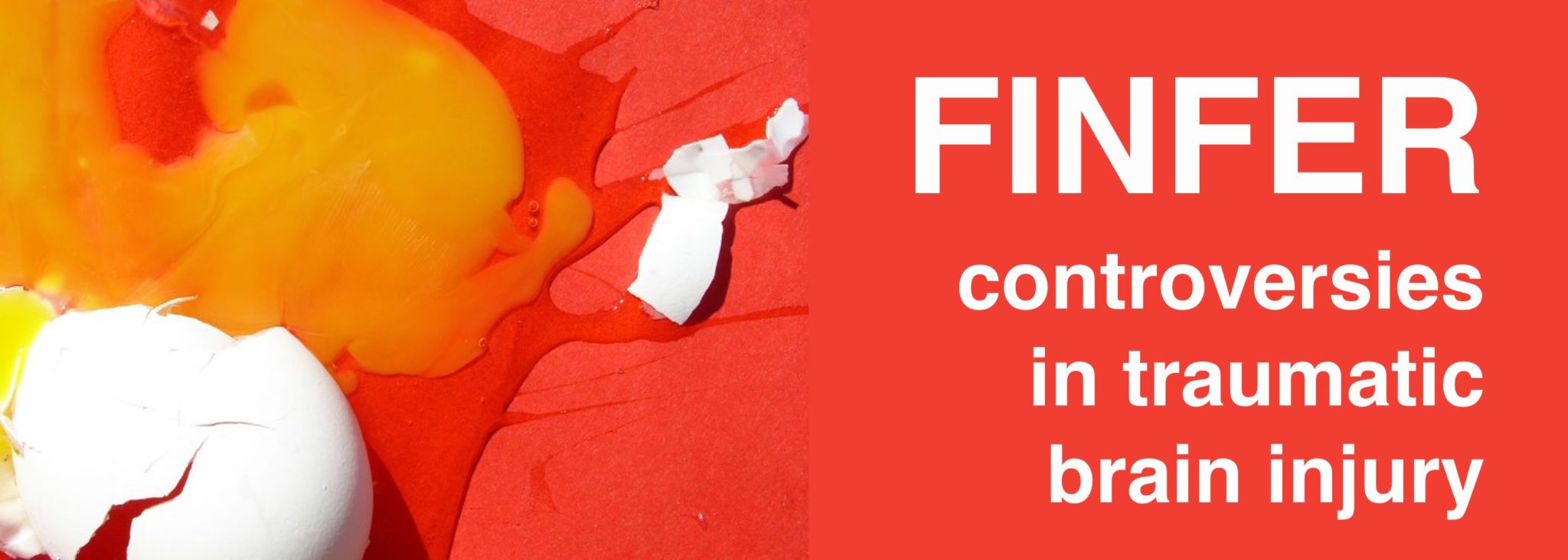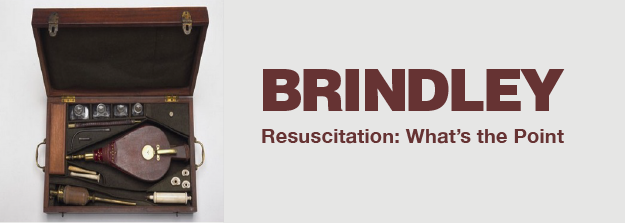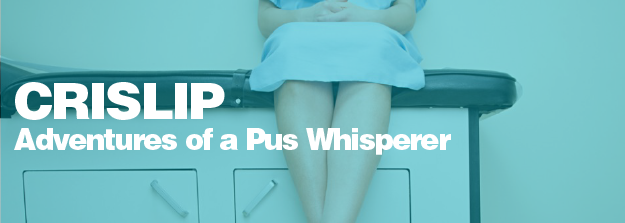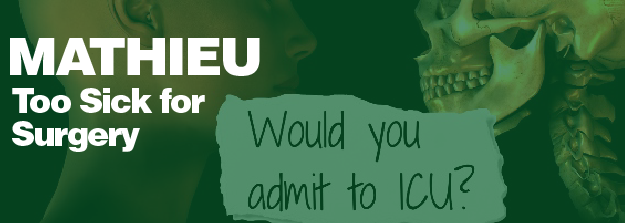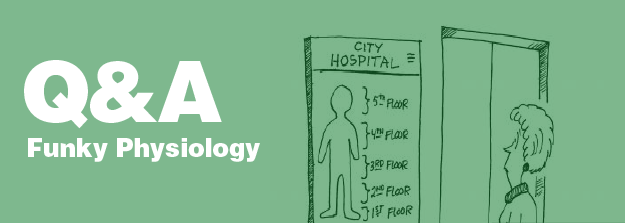Ketamine: How to Use it Fearlessly For All its Indications
A summary by Reuben Strayer
Ketamine is best known for producing dissociative anesthesia by a unique mechanism where cardiorespiratory function is preserved. It has an extraordinary safety profile that lends itself well to a variety of uses in the emergency department, intensive care, and prehospital environments. We will discuss many of these applications, with a focus on the myths and controversies that might discourage emergency clinicians from taking advantage of this remarkable agent.
Starting with its most important indication–facilitating painful procedures–ketamine has a number of important adverse effects in dissociative-dose, including psychiatric distress, but this can be effectively prevented, anticipated, and treated. Ketamine is an outstanding induction agent for RSI in a variety of intubation scenarios as well as being an excellent single agent post-intubation sedative/analgesic.
Ketamine has an evolving role in facilitating a breathing technique for intubation when used without a paralytic – ketamine supported intubation. Ketamine is rising as an alternative to opioids for severe pain in patients who do not tolerate opioids, or patients who are harmed by opioids (opioid misusers or former opioid addicts). Ketamine can be used to great effect in this group either as a bolus, or, even better, as a loading dose and drip.
Ketamine may reverse the pathophysiology of asthma and be intubation-sparing when given in dissociative dose to critically ill asthmatics.
Lastly, ketamine is unparalleled as a tranquilizer in the uncontrollably violent patient: 500 mg IM will generally improve hyperdynamic vitals in the very agitated, in addition to bringing safety (if not tranquility) to this chaotic, dangerous situation.
A Bit About the Author
Reuben Strayer was born on the shores of Lake Michigan but raised and schooled in Texas until emigrating to balmy Montreal for a residency in emergency medicine. Having finished his training equipped with more confidence than knowledge, he accepted a faculty position at Mount Sinai School of Medicine in New York City where he spent equal time rescuing health from the hands of disease and attending committee meetings.
These days, he can usually be found working an evening or overnight shift in a Sinai or NYU-affiliated emergency department. His clinical areas of interest include airway management, procedural sedation, decision-making, and error. His extra-clinical areas of interest include sweeping generalizations and jalapeño peppers.



